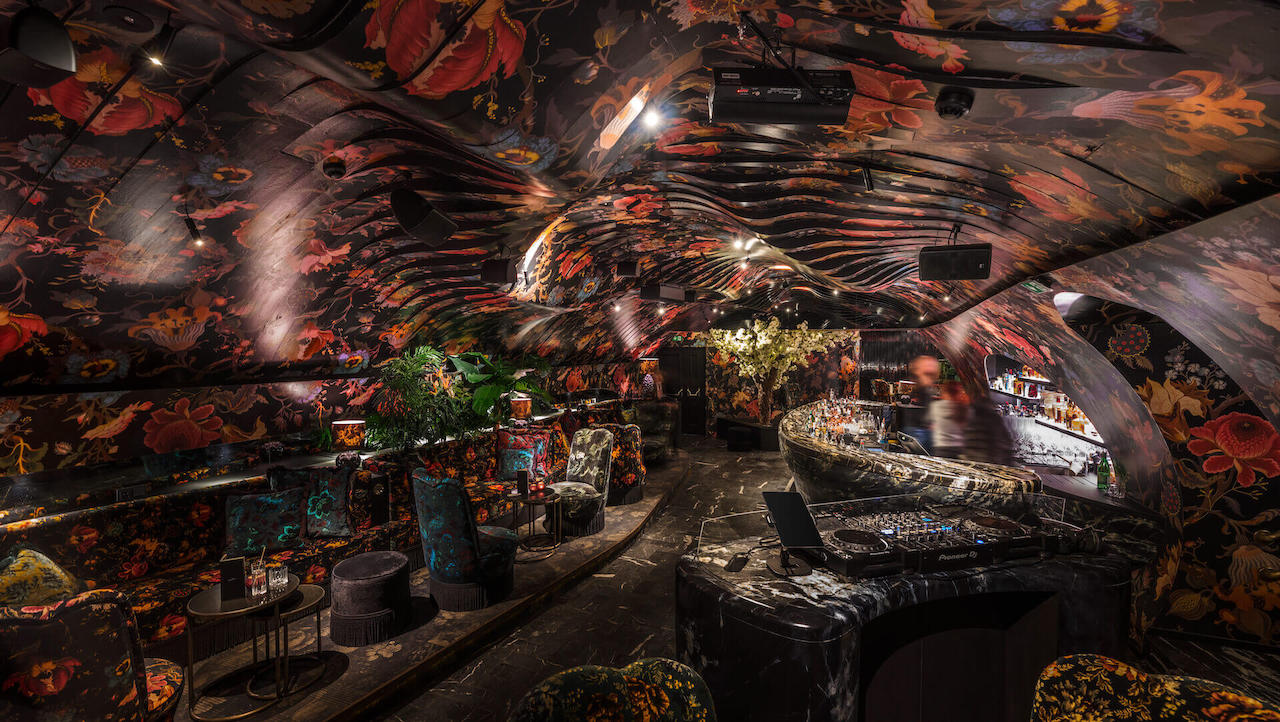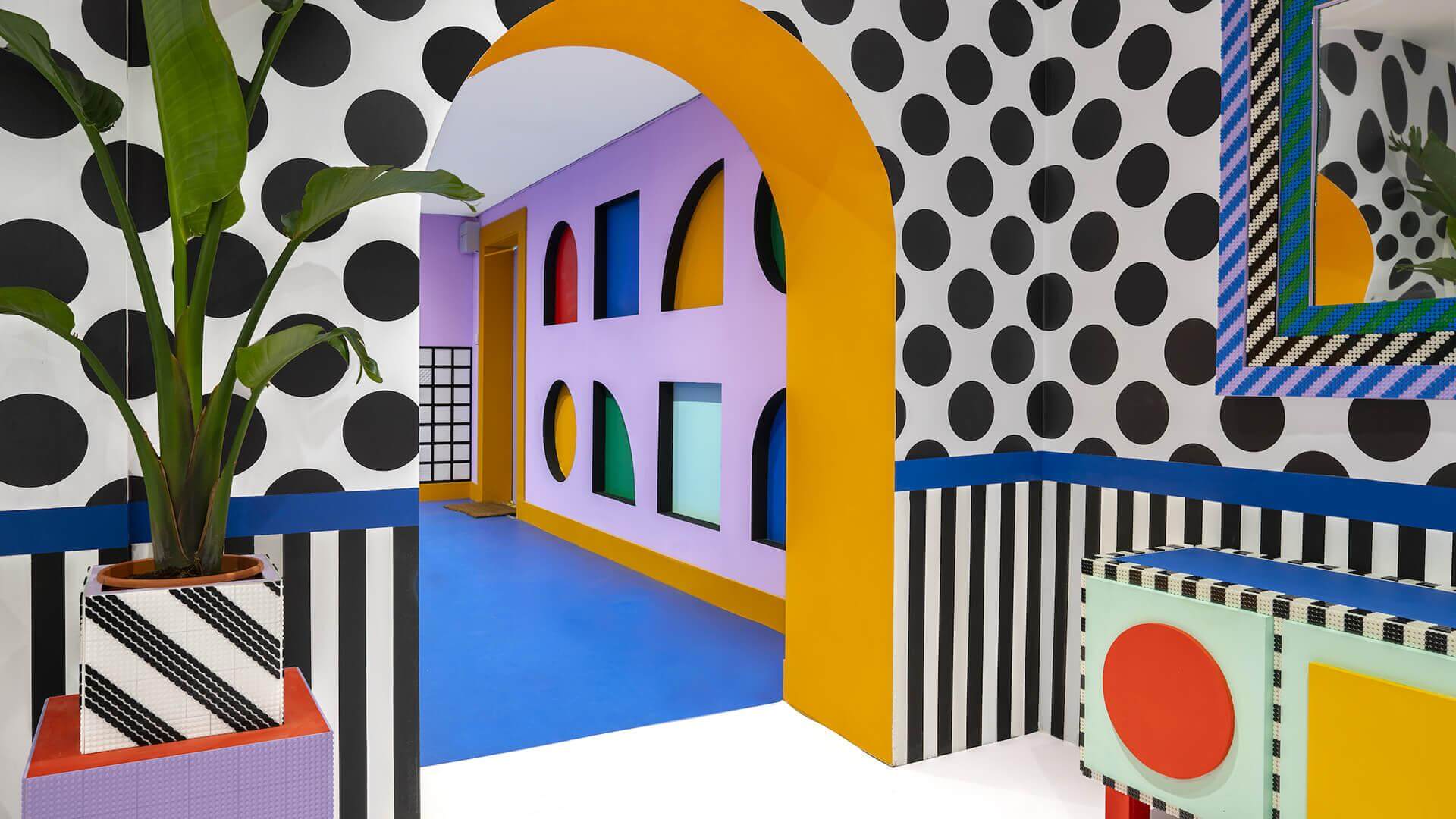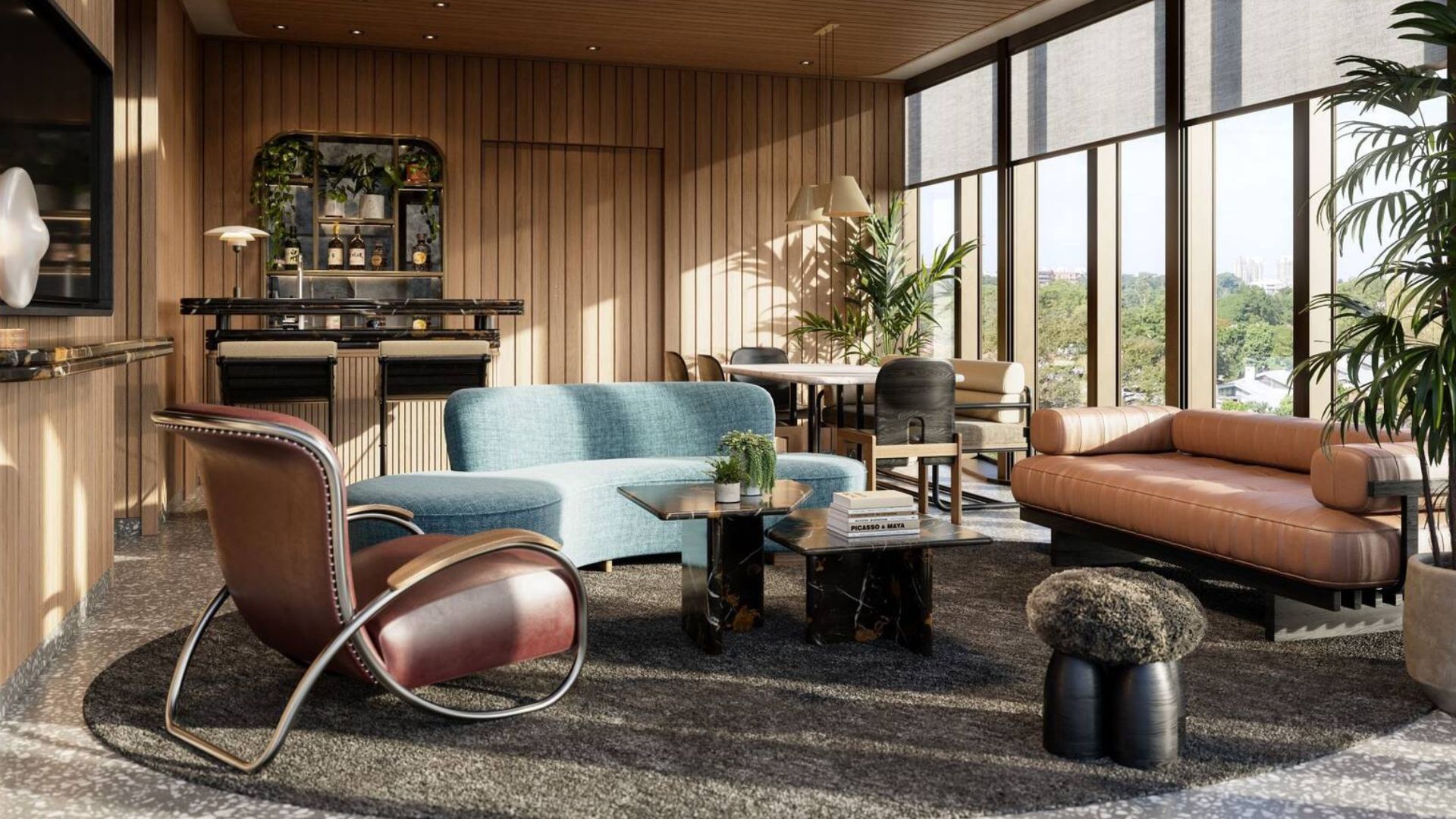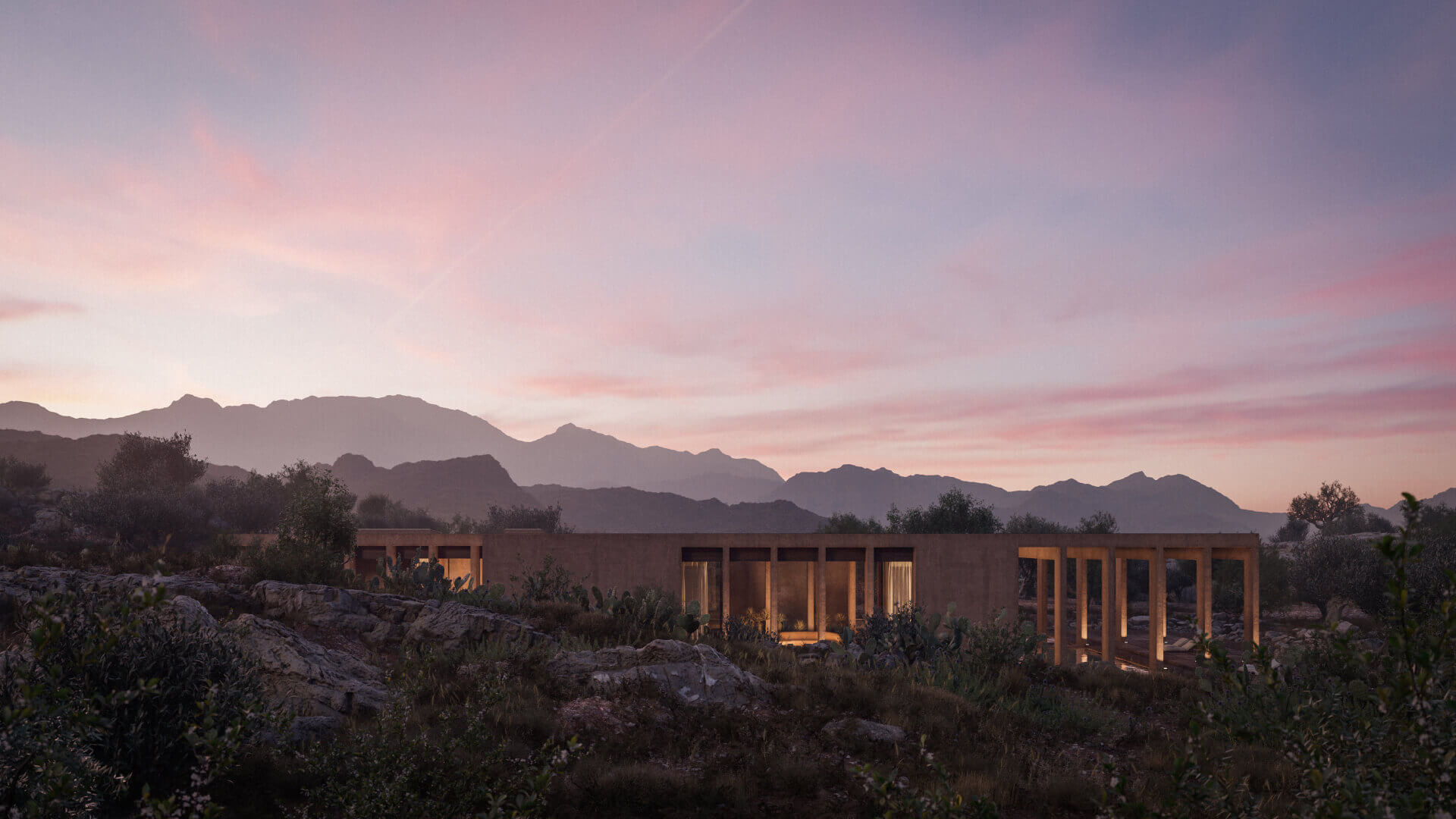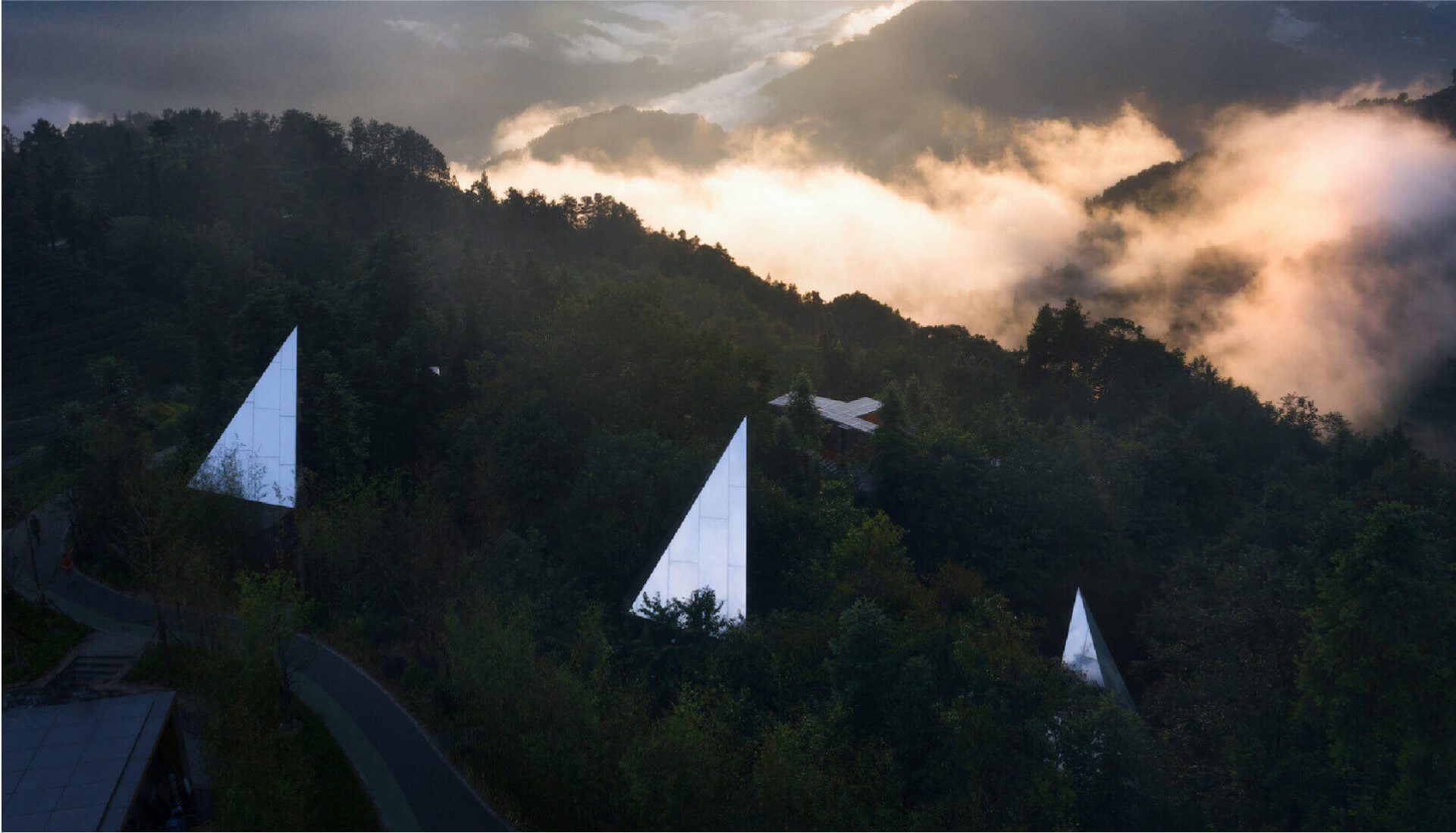Unexpected installations that push the boundaries of what technology can do
Using technology as their artistic medium, ART+COM creates entrancing interactive projects that push the limits of what we thought technology could do and presents it to us in a beautiful and poetic way.
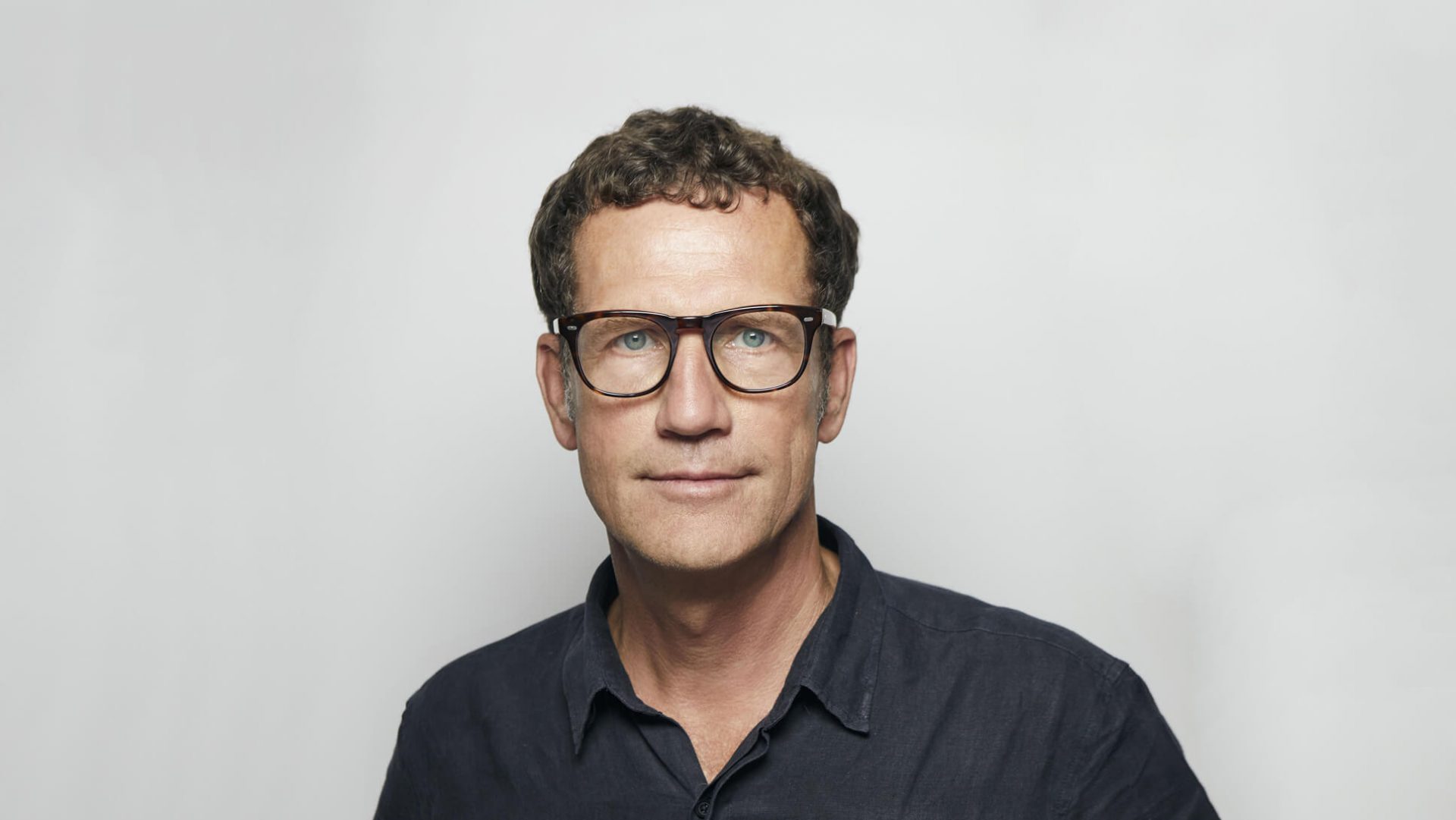
Formed in Berlin in 1988, ART+COM is a multidisciplinary collective of designers, architects, artists, hackers and technologists dedicated to the exploration and use of digital technologies in the form of new media installations, spaces, and contemporary communication.
Using technology as their artistic medium, ART+COM creates entrancing interactive projects that push the limits of what we thought technology could do and presents it to us in a beautiful and poetic way. The minimal, clean, elegant and computational aesthetics of ART+COM are not only instruments of pure visual satisfaction, but a design element for the realization of an integrated work of art which represents a part of design and, at the same time, a ground for technological research.
Fueled by the everlasting interest for innovation and uniqueness, DesignWanted had the opportunity to interview Prof. Joachim Sauter, co-founder and Head of Design at ART+COM, to find more about the collective, their work, and how they are beautifully merging the digital and tangible world.

Who is part of ART+COM Studios? How did it all begin?
Joachim Sauter:
“When ART+COM was founded in 1988, few designers were already using the computer as a tool for various design and production processes, while some hackers were maneuvering their way through the still very sparsely connected branches of the internet. But the phenomenal success of the computer as a mass medium, as a daily connected companion, was still unforeseeable.
Only a few minds perceived that this new technology was in fact a paradigm shift that would turn a tool into a new medium, and some of those minds were in Berlin: a motley crew coming from various disciplines that grouped together under the roof of ART+COM at the end of the 80s.

Part of the group, designers, artists, architects came from the Academy of Fine Arts Berlin and part of it, programmers, hackers, technicians came from the Chaos Computer Club, bringing together art and design competence with specialised technological knowledge. Together this group resolved to explore and foresee the future of this medium.
The predicament for this process was radical interdisciplinarity, where everyone would go beyond the boundaries of their own discipline, and discover and reclaim unexplored territory together. And this terra incognita and its spectrum of things to be understood, tried out, invented, and predicted was positively enormous. Up to today, we are working in this intersection between art, design, and digital technologies.”
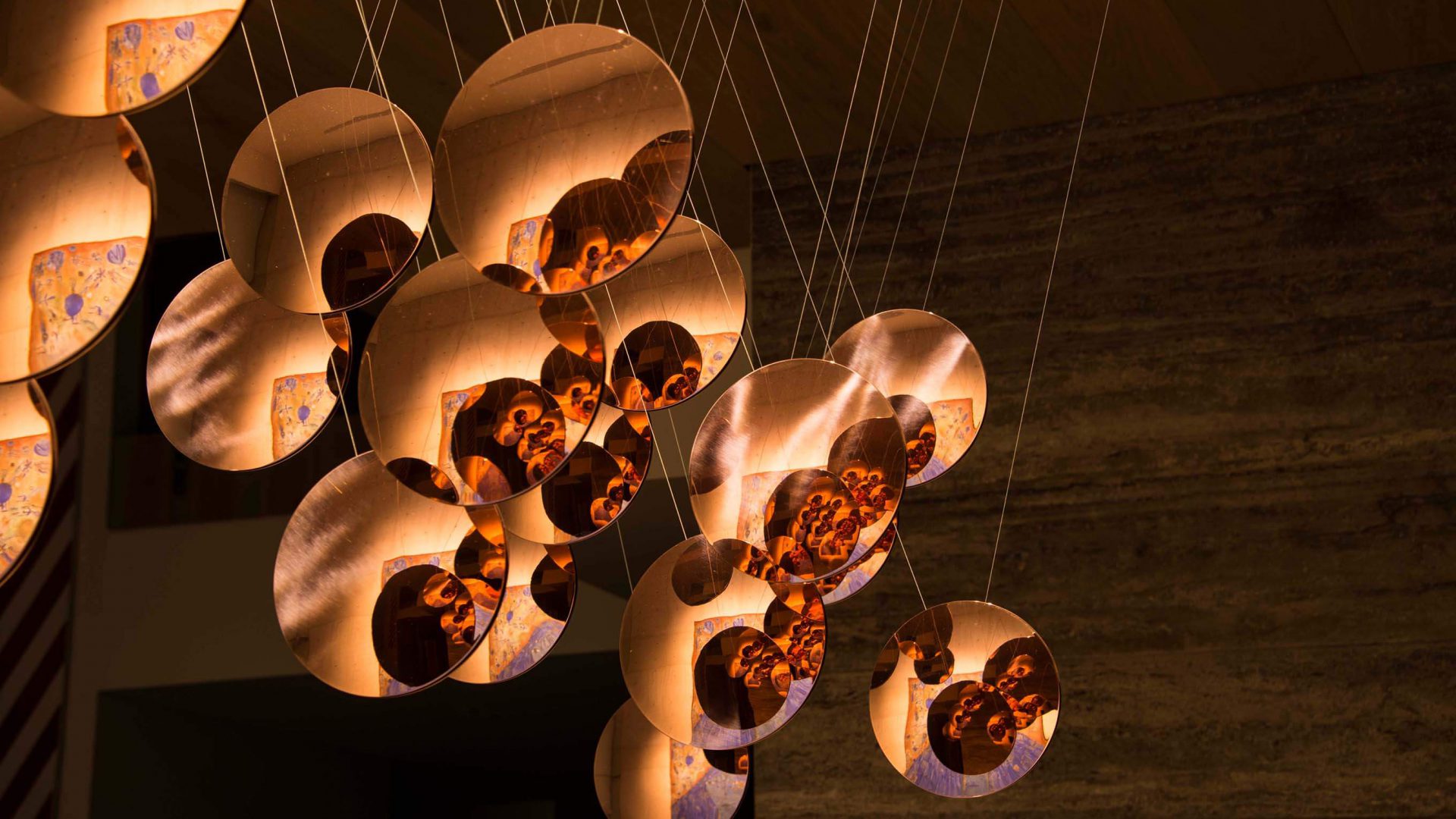
Why focus on new media installations and spaces?
Joachim Sauter:
“We started in the late 80th with monitor-based experiments, application, and art & design work. But very soon we then translated the quality of the digital into the physical space creating art-installations, digital stages, digital installations for public spaces, museums, exhibitions, showrooms, and fairs. In the beginning, we used “immaterial“ light-based output like monitors, projectors, and LED screens and embedded them in our installation and spaces.

Later on, we then went into physical computing and started working with electronics, mechanics, and code which led for example to algorithmically choreographed kinetic installations. On one hand, this was what we wanted to do – to leave the limitation of the monitor – and it allowed us to again reinvent ourselves and the discipline. So we started to build spaces and experiences not any longer digitally but merge the best of the digital and the tangible world.”

Which are the main values, core concepts, or style inclinations that, above all, will always represent ART + COM Studios?
Joachim Sauter:
“Innovation, quality, unexpected results are our core values. “Style-wise” we were heading over the last decade towards poetry and beauty. The reason is that in a time where any information at any time and anywhere is accessible immediately and easily digestible, poetry might be an answer to this mostly superficial communication.
The characteristic of poetry is that it has to be deciphered. A poem, for instance, can work with metaphors and with a very personal and individual language of the poet. This has to be decoded by the reader. That means that the reader is willing to invest effort, energy, and time – the total opposite of what we see in most of today’s communication. To invest energy in deciphering you need a door-opener. Sometimes beauty can be one – and we use it extensively in our installations where you always find a message behind this door.”
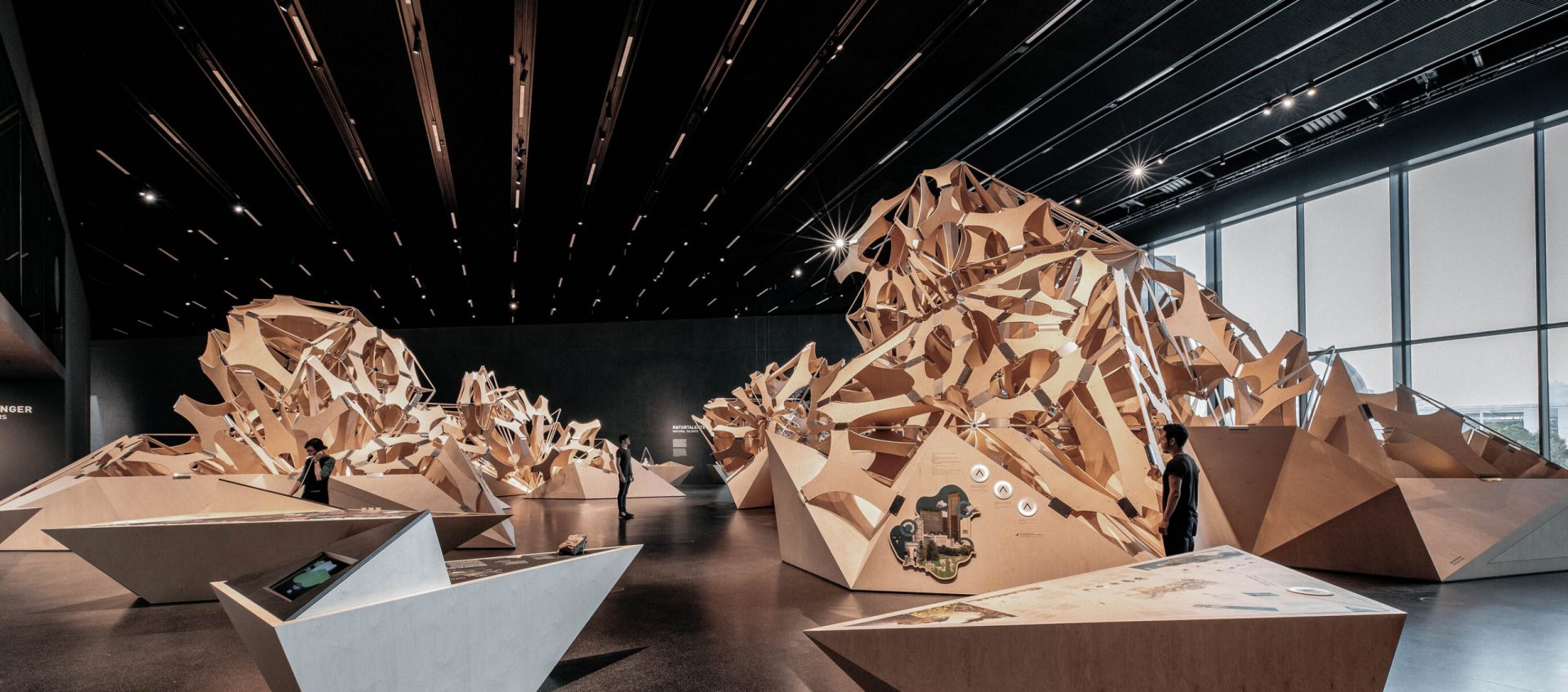
You create impactful and mesmerizing work through your combination of technology, art, communication, and research, can you take us through the design phases of the development of a new project?
Joachim Sauter:
“There are a lot of different types of projects with a lot of different ways to develop them. As an example in the following is the process of developing the large scale installation “Raffaels Pendulum” for a research center in Munich. First we looked into the architecture of the space and the people using it because the goal is always to develop something which creates an identity for the space and the ones using it.

The starting point for the installation is the “School of Athens”, one of the most famous paintings by Raphael and of the high renaissance. On one hand it reflects the symmetry of the research building with its strict central perspective, on the other, it shows philosophers, mathematicians, physicians, and astronomers from the ancient times to the Renaissance – the giants, on whose shoulders the users of the building stand.
The fresco is not shown by a physical replica instead it hangs virtually in the space and is revealed by a giant LED pendulum which swings over it. The picture is not shown in its entirety, but is gradually put together in the mind of the viewer as it shows one person portrait after the other.”
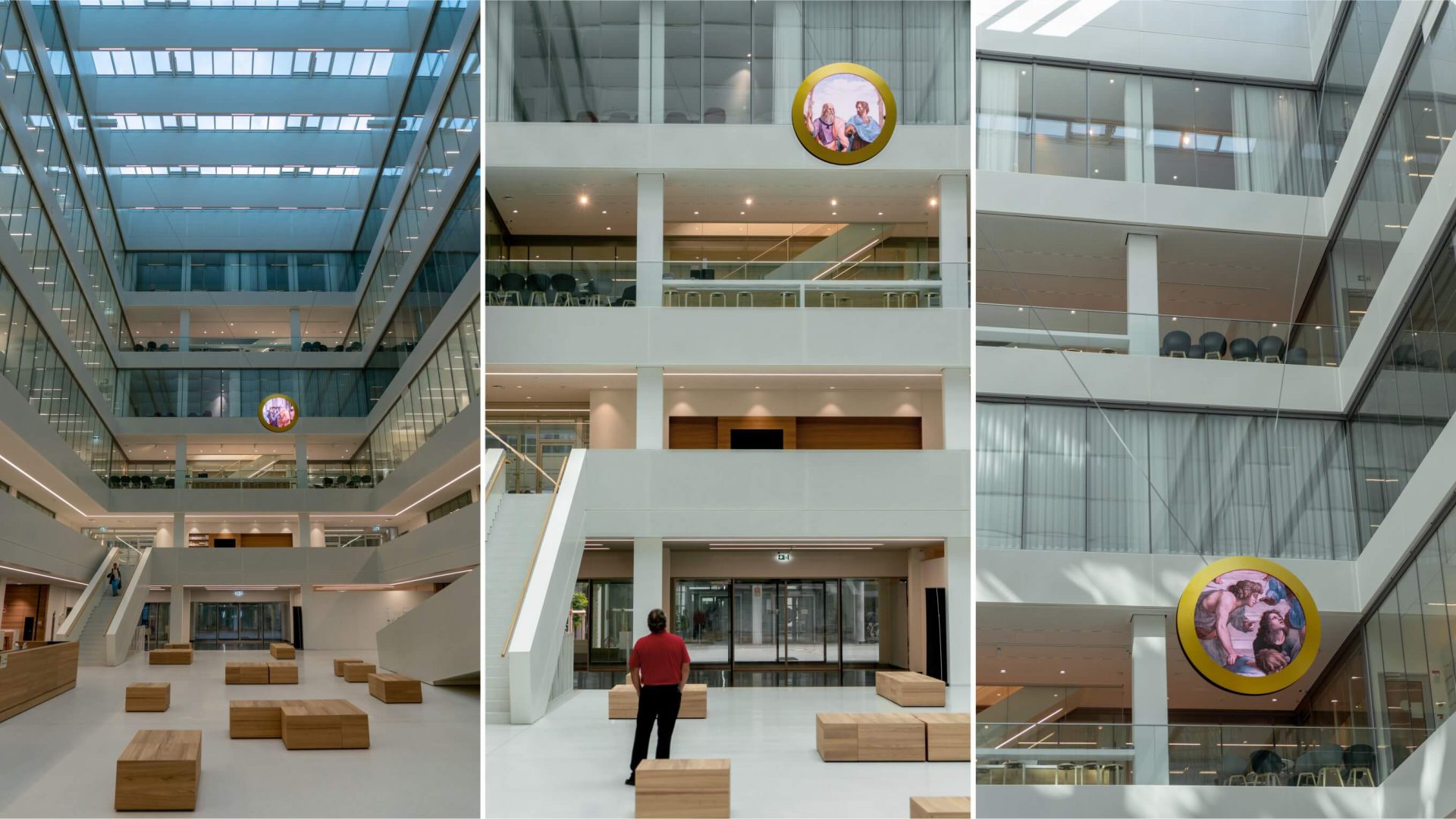
What is the message ART + COM Studios wants to convey through their works? What kind of feedback/reaction do you receive when people pass by your creations?
Joachim Sauter:
“One important goal is that people are not asking at first hand how it is done or are fascinated by the technology but by the experience and the content it conveys. We never exhibit technology. Content and experience first, technology last. Fortunately, this is also what we get confirmed by the viewers.”
Artistic installations are becoming more and more intertwined with the design discipline, to the point where the boundary between the two is often very blurry. What are your thoughts on this?
Joachim Sauter:
“Among others, art is defined by the context in which it is shown. Many of our design or even research projects found their way into important art exhibitions and museums like the Venice Biennale or the LA Getty Museum and others. At this moment these projects become art, even though they were never intended as such when they were realised.
In general, however, we observe that strategies and formal expressions of art are used in design. The possible cause can be found in the answer to question 3. Designers are looking for new forms of expression as an alternative to the easily digestible communication in digital media. On the other hand, art has always taken over the aesthetics of design – that’s not a new development. Art has always had this freedom and has always used it.”

Business question: in a company like ART+COM Studios, do you run outbound marketing actions and sales activities, or do all of your new clients come from inbound marketing and word-of-mouth?
Joachim Sauter:
“New clients either had seen our work or we had been recommended. In the best case we then get direct commissions or we are invited to competitions.”

What is the next step for ART + COM Studios?
Joachim Sauter: “
A difficult question in times of the pandemic. Fortunately we are still in a stable situation. What helps us is that we work diverse and not monocultural, that we do art, design, and research. I am sure that in post-corona-times we will be still hungry to reinvent ourselves as we did it in the last three decades b.c. (Before Corona).”

If you are curious to know more about unique visual installations, don’t miss The unexplored dimensions of United Visual Artists – Interview with founder Matt Clark.
















